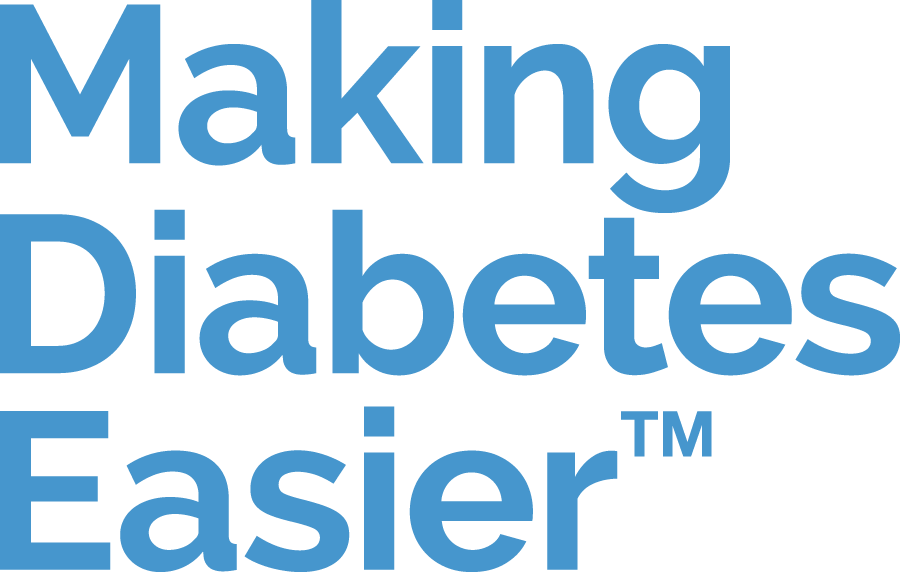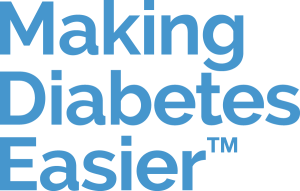Diabetic ketoacidosis: symptoms, causes, treatments

Diabetic ketoacidosis (DKA) is the most common complication of hyperglycaemia.
The very first description of diabetic coma, resulting from untreated ketoacidosis, dates back to the 19th century. However, it wasn't until 1923, two years after the discovery of insulin, that diabetic ketoacidosis could finally be managed successfully.
Since then, medical progress has given us a better understanding of diabetic ketoacidosis, and better solutions for its prevention and treatment.
What is diabetic ketoacidosis?
Ketoacidosis is a serious complication of diabetes resulting from insulin deficiency leading to a state of hyperglycaemia.
Insulin is responsible for maintaining a steady supply of glucose (sugar) to cells throughout the body. In people with diabetes, the absence or low level of insulin leads to poor glucose production and compromises its elimination.
As the body no longer has access to its main fuel source, glucose, it turns to another source of energy: body fat. The burning of fats results in the production of three substances:
- acetone
- acetoacetic acid
- beta-hydroxybutyric acid
These three substances are called ketones, and their overproduction causes the blood to become more acidic.
Diabetic ketoacidosis is therefore characterised by three biological imbalances:
- hyperglycaemia: glycaemia (the level of sugar in the blood) is higher than 7 mmol/L;
- ketosis (elevated levels of ketones in the body);
- blood acidity (acidosis), defined by a serum bicarbonate concentration of ≤18 mmol/L and/or arterial pH of ≤7.3;
This condition is unique to diabetic ketoacidosis and constitutes a medical emergency requiring hospitalisation.
Causes
Two-thirds of all cases of ketoacidosis occur in patients with type 1 diabetes, mainly in those experiencing trouble stabilising their blood glucose levels, but also in those who have not yet been diagnosed as having diabetes; the remaining third affects people with type 2 diabetes, especially those with poorly-balanced glycaemia, and pre-diabetic adolescents.
In diabetes, blood glucose levels have a tendency to fluctuate, and can quickly become too high or too low. This type of glycaemic instability, which favors the occurrence of ketoacidosis, can be the result of a number of different factors:
- insufficient insulin intake;
- intense stress;
- psychiatric symptoms;
- a malfunctioning insulin pump (disconnection or blockage of the infusion tube);
- disease or infection (usually of the urinary tract, lungs, or digestive system);
- surgical procedures or medication.
In children, increased insulin resistance due to puberty or excess weight may increase the risk of developing diabetic ketoacidosis.
Symptoms
Symptoms of diabetic ketoacidosis may appear within a few hours. They can vary between children and adults, but usually manifest as:
- extreme thirst;
- frequent and abundant urination;
- strange smelling breath (due to exhaling acetone);
- severe abdominal pain;
- nausea and vomiting;
- deep, laboured breathing (known as Kussmaul breathing);
- hypotension (abnormally low blood pressure);
- tachycardia (an increasingly fast heart rate);
- dehydration;
- loss of appetite and weight.
Complications
Complications of diabetic ketoacidosis can seriously affect heart functions and lead to breathing problems.
Untreated diabetic ketoacidosis can lead to impaired consciousness, which can then result in coma and even death. In adults, mortality is often caused by an aggravating factor, such as concurrent infection, in addition to diabetes.
Treatment and prevention
Treatment of diabetic ketoacidosis involves:
- delivering intravenous insulin
- the administration of saline solutions.
The aim is to correct blood acidity and the presence of acetone, restore blood volume, and normalise glycaemia. Diabetic ketoacidosis is corrected when the blood glucose level is lower than 11.1 mmol/L, acetone is no longer detected, serum bicarbonate levels are greater or equal to 15 mmol/L, and blood pH is higher than 7.3.
Sources
- M.S Eledrisi, A-N Elzouki. Management of Diabetic Ketoacidosis in Adults: A Narrative Review. Saudi J Med Med Sci 2020;8:165-73.
- K.K Dhatariya et al. Diabetic ketoacidosis. Nature reviews Disease Primers (2020) 6 : 40.
- Farsani SF et al. Incidence and prevalence of diabetic ketoacidosis (DKA) among adults with type 1 diabetes mellitus (T1D): a systematic literature review. BMJ Open 2017;7:e016587.
- P. Vellanki et GE Umpierrez. Increasing Hospitalizations for DKA: A Need for Prevention Programs. Diabetes Care 2018;41:1839–1841.


